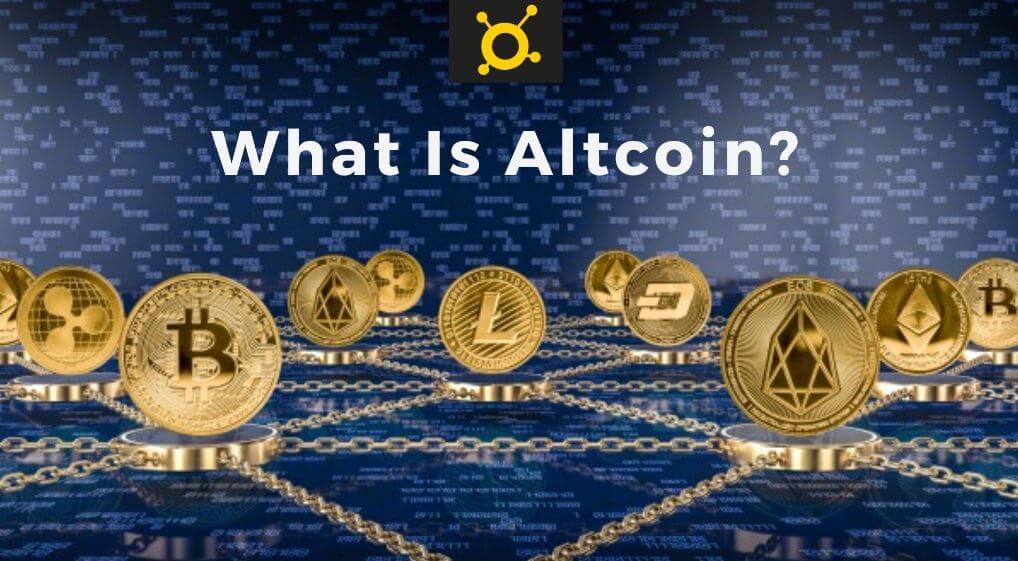Cryptocurrency enthusiasts have long been aware of Bitcoin’s prominence in the digital currency landscape. However, as the crypto space has evolved, a multitude of alternative cryptocurrencies, or “altcoins,” have emerged. In this article, we’ll explore the world of altcoins, examining their genesis, technological innovations, real-world applications, investment potential, challenges, and the future they hold in the cryptocurrency ecosystem. In addition, if you are looking for a free and easy-to-use website that helps people find an education company to start learning about investments, you may visit https://immediate-vault.com/.
The Genesis of Altcoins
When Bitcoin was introduced in 2009, it laid the foundation for a decentralized digital currency. However, it had its limitations, primarily scalability and transaction speed. This led to the birth of altcoins, which sought to address these issues and experiment with new features.
Altcoins didn’t take long to surface. Names like Litecoin, created in 2011, and Ripple (XRP), introduced in 2012, were among the early pioneers. They differentiated themselves from Bitcoin in various ways, such as faster transaction times and different consensus mechanisms.
Altcoins and Technological Innovations
Diverse Blockchain Technologies
Altcoins introduced diverse blockchain technologies, broadening the use cases of cryptocurrency. Ethereum, for example, popularized smart contracts, enabling programmable and self-executing agreements. Privacy coins like Monero and Zcash offered enhanced anonymity and fungibility, appealing to users concerned about transaction privacy.
Consensus Mechanisms Beyond Proof of Work
Bitcoin’s proof-of-work (PoW) consensus mechanism isn’t the only approach. Altcoins explored alternatives like proof of stake (PoS), where validators are chosen to create new blocks based on the amount of cryptocurrency they “stake.” Delegated proof of stake (DPoS) introduced delegated voting, promoting efficiency and scalability.
Scaling Solutions
To combat scalability issues, projects like the Lightning Network and sidechains have emerged. The Lightning Network allows for off-chain transactions, reducing congestion and fees on the main Bitcoin blockchain. Sidechains enable interoperability and experimentation with new features without altering the core blockchain.
Use Cases and Real-world Applications
Altcoins in the Financial Sector
Stablecoins: Tether (USDT) and USD Coin (USDC) are examples of stablecoins, pegged to fiat currencies. They provide a reliable store of value and facilitate trading pairs without exposure to extreme price volatility.
Cross-Border Transactions with Ripple (XRP): Ripple’s XRP is designed for swift cross-border payments, offering a cost-effective alternative to traditional banking systems.
Decentralized Finance (DeFi) Ecosystem
DeFi represents one of the most exciting altcoin use cases. Platforms like Aave and Compound enable users to lend, borrow, and earn interest without intermediaries. Yield farming and liquidity pools have become popular ways to generate income in the DeFi space.
Altcoins as Investment Vehicles
Altcoin Investment Strategies
Long-term HODLing: Investors purchase altcoins with the expectation of long-term price appreciation. This strategy requires patience and belief in the project’s fundamentals.
Swing Trading and Day Trading: Some traders actively buy and sell altcoins to profit from short-term price fluctuations, utilizing technical analysis and market trends.
Risk Factors and Volatility in Altcoin Market
Regulatory Challenges: Altcoins can face regulatory scrutiny, potentially impacting their legality and market access.
Market Manipulation and Pump-and-Dump Schemes: The lack of regulation can lead to pump-and-dump schemes where prices are artificially inflated and then dumped, leaving unsuspecting investors at a loss.
Challenges and Risks Associated with Altcoins
Security Concerns and Hacks: Altcoins are not immune to security breaches. Several high-profile hacks have resulted in significant losses for investors and exchanges.
Market Manipulation and Pump-and-Dump Schemes: The decentralized and unregulated nature of the altcoin market makes it susceptible to market manipulation tactics.
Regulatory Uncertainty and Compliance Issues: The evolving regulatory landscape creates uncertainty for altcoin projects, exchanges, and users.
The Future of Altcoins in the Cryptocurrency Landscape
Altcoins and the Evolving Crypto Ecosystem: Altcoins will continue to play a crucial role in shaping the crypto space, pushing innovation and competition forward.
Potential Integration with Traditional Finance: Some altcoins are exploring partnerships and integrations with traditional financial institutions, potentially bridging the gap between the crypto and traditional finance worlds.
Role of Altcoins in Financial Inclusion: Altcoins have the potential to promote financial inclusion by providing access to financial services for the unbanked and underbanked populations globally.
Conclusion
In summary, altcoins have come a long way since the inception of Bitcoin. They have introduced innovative technologies, diversified use cases, and investment opportunities. However, challenges such as security risks, market manipulation, and regulatory hurdles persist. As the cryptocurrency landscape continues to evolve, altcoins remain a pivotal component, promising to contribute to the ongoing transformation of the financial world. Understanding the complexities and opportunities within the altcoin space is essential for anyone looking to navigate the dynamic world of cryptocurrencies.
Image Courtesy: icoclone.com
